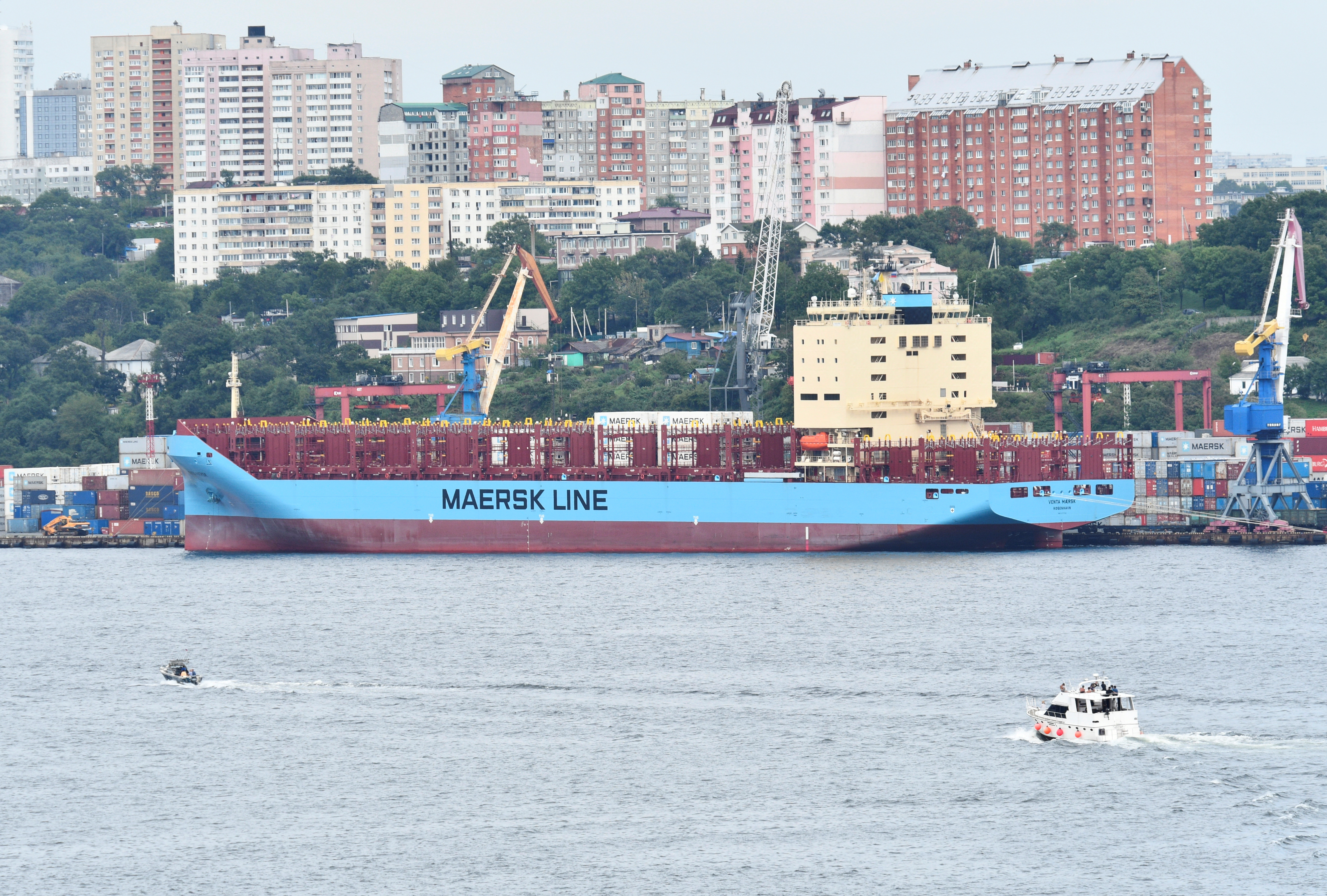How better data could dramatically improve Arctic shipping insurance
Designating an Arctic-wide lead agency to centralize data and coordinate standards could revolutionize shippers’ ability to operate in the region.

Having functioning Arctic shipping insurance is a fundamental step toward safety and development in the Arctic. However, substantial uncertainty around polar maritime risk and a lack of international coordination are keeping insurance markets from working properly — leading to high prices and reduced ability for would-be Arctic shippers to utilize insurance to mitigate risk.
Imagine what would happen if health insurance companies had no information on costs of medical services, the possible illnesses and injuries you could contract, or the likelihood that you might get sick. Quite possibly, insurers would not provide insurance at all, or they would charge very high initial prices as they tried to formulate some form of baseline data through trial and error and observing the actual costs in real time (a costly and time-consuming process). This scenario of extreme uncertainty describes quite well the situation for vessel insurance in the Arctic today.
By 2050, new Arctic shipping routes will have expanded significantly — likely well ahead of the development of appropriately-designed Arctic maritime insurance mechanisms. Data coordination on historical trips and current hazards remains a significant hurdle, causing insurers to charge high premiums, create barriers to entry, or avoid the market entirely. In 2009, the Arctic Council identified the availability and cost of marine insurance as a major constraint on Arctic marine shipping. Compared to risks associated with conventional shipping, the risks associated with polar navigation are less clear. Arctic routes are poorly mapped and constantly changing with melting sea ice. Costs of crashes in remote areas have not been estimated, and the likelihood of rescue from icebreaker ships (held separately by different nations) is unknown. Consequently, Arctic shipping insurance is provided on case-by-case basis and is often prohibitively expensive.
Jumpstarting the market for Arctic insurance requires coordination — and soon. Luckily, some of the data availability challenges seem to be improving. This February, the Arctic Council’s Protection of the Marine Environment (PAME) working group released a new international database to better coordinate, compile, and assess live and historical shipping data for Arctic voyages. With the Arctic Ship Traffic Data project (ASTD), the Arctic Council may be better equipped to build policy solutions that advance the Polar Code’s early steps to standardize and categorize appropriate ship specifications for improved safety in the region.
At the same time, in the PAME 2017-2019 Work Plan, it states that ASTD participants (Arctic states) “do not intend there to be any commercial use of the data” under the ASTD framework. Yet if made more available to private insurers, this database or similar data coordination efforts could provide insurance markets with critical baseline data previously available only in segmented forms and at the national level. Better data and a greater volume of data could mean more accurate pricing of insurance and a greater ability for private insurers to promote safer voyages through Arctic waters.
Private insurance markets matter because well-designed insurance can mitigate risk and promote good behavior (in this case, environmentally good behavior). Just as health insurers can charge higher rates for smokers, insurers can charge high prices for more risky vessels and can deny coverage to vessels that pose extremely costly environmental risks. Furthermore, affordable and well-structured maritime insurance can promote economic development in the Arctic by encouraging entrepreneurial industries in new regions and developing markets.
There exists immense potential for the insurance industry to improve safety and economic development in the Arctic and the growing interest in economic development and investment in the Arctic will require strong private insurance mechanisms to help mitigate risk. Through the creation of the Polar Code, the Arctic Council has already begun some of the early insurance infrastructure legwork by designing physical and operational vessel standards that promote safe travel through the region. An important next step for PAME and the ASTD project is to prioritize making data on Arctic voyages more available to private insurers. Better data should help insurers develop improved pricing mechanisms that offer financial incentives like premium discounts for risk-reducing activities — leading to safer travel through the Arctic.
Erin St. Peter is graduate student in the Harvard Kennedy School Master in Public Policy program and previously worked in community development finance for Native American communities.

The views expressed here are the writer’s and are not necessarily endorsed by the Arctic Initiative or ArcticToday, which welcomes a broad range of viewpoints. To submit a piece for consideration, email commentary (at) arctictoday.com.